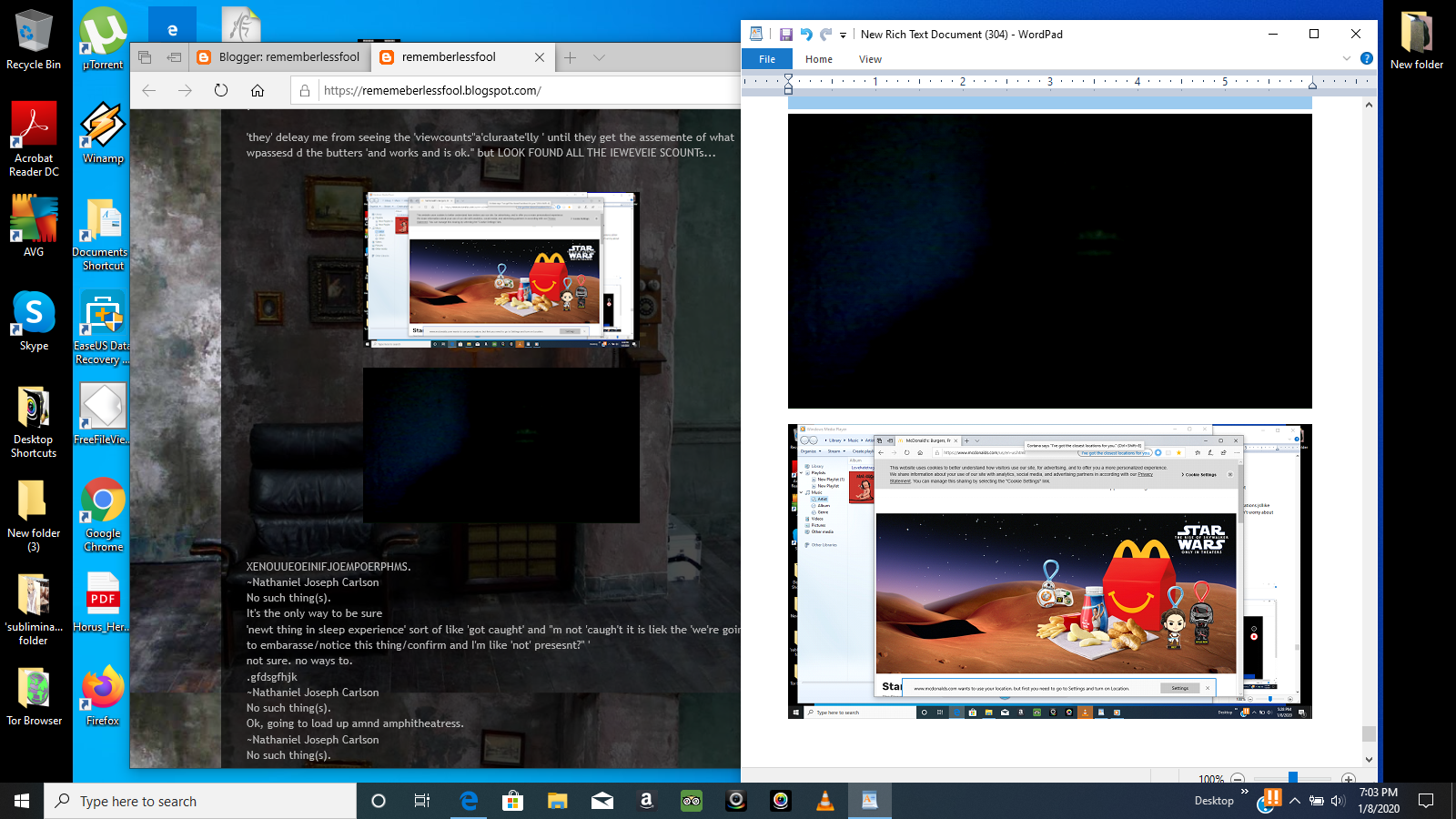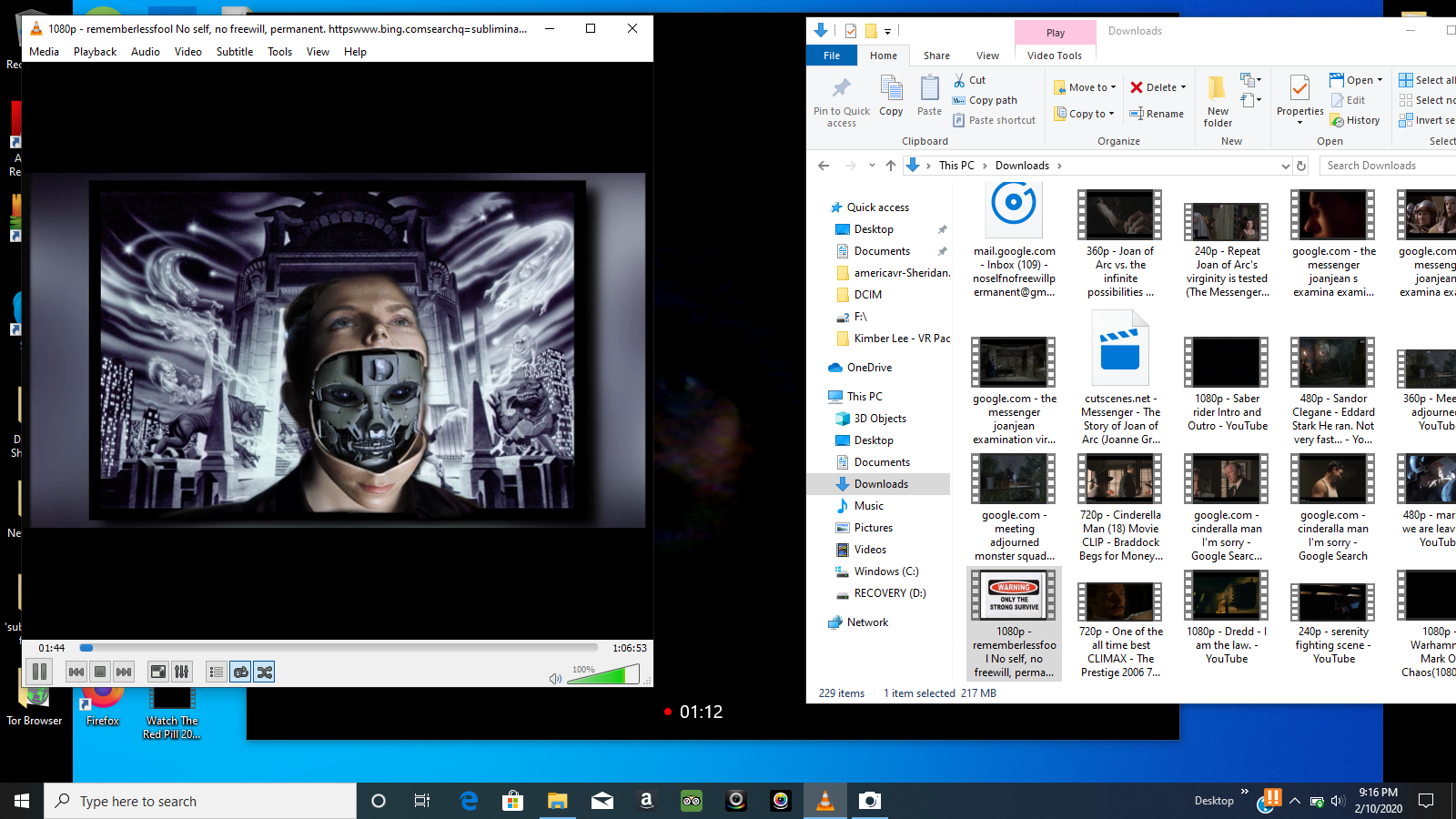Who was the Attorney General during the Clinton administration?
115 rows · Living former U.S. attorneys general. As of April 2022, there are nine living former U.S. attorneys general, the oldest being Edwin Meese (served 1985–1988, born 1931). The most recent attorney general to die was Ramsey Clark on April 9, 2021 (served 1966–1969, born 1927). The most recently serving attorney general to die was Janet Reno on November 7, 2016 …
Who is the most recent US Attorney General to die?
Jan 31, 2017 · The last president to fire an attorney general was Richard Nixon, who fired his Attorney General and Deputy Attorney General in the “Saturday Night Massacre” when they refused to comply with his...
Do presidents have the authority to fire US Attorneys?
Apr 06, 2022 · Although Senate Democrats voted last year to unanimously confirm United States Attorney General Merrick Garland, it appears that some in the party are turning on him.. That’s according to a report from the Daily Caller this week which states that some on the left are calling for Garland to be replaced.. Democratic representative claims Garland “is failing the United …
When does the Attorney General have to tender a resignation?

Can the US president fire the attorney general?
The President of the United States has the authority to appoint U.S. Attorneys, with the consent of the United States Senate, and the President may remove U.S. Attorneys from office. In the event of a vacancy, the United States Attorney General is authorized to appoint an interim U.S. Attorney.
How many US attorneys did Trump fire when he took office?
On March 10, 2017, Jeff Sessions, who was appointed United States Attorney General by President Donald Trump, requested the resignations of 46 United States Attorneys. Some resignations were declined by Sessions or Trump.
How can the US attorney general be removed from office?
Removal requires an impeachment vote from the House of Representatives and a conviction from the Senate. Impeachment proceedings against Richard Nixon made it out of committee, but he resigned before the actual debate on the floor of the House began.
Who is the head of the Department of Justice 2020?
Attorney General GarlandMeet the Attorney General As the nation's chief law enforcement officer, Attorney General Garland leads the Justice Department's 115,000 employees, who work across the United States and in more than 50 countries worldwide.3 days ago
Who can remove Attorney General?
the PresidentHe can be removed by the President at any time. He can quit by submitting his resignation only to the President. Since he is appointed by the President on the advice of the Council of Ministers, conventionally he is removed when the council is dissolved or replaced.
Who are the 4 presidents who were impeached?
Presidents who have been impeachedAndrew Johnson (impeached Feb. 1868, acquitted May 1868)Bill Clinton (impeached Dec. 1998, acquitted Feb. 1999)Donald Trump.Table of impeachment trial results.Richard Nixon (initiated Oct. 1973, resigned Aug. 1974)James Buchanan (1860)Andrew Johnson (1867)Thomas Jefferson.More items...
What power does the U.S. Attorney General have?
The Attorney General of the United States – appointed by the President and confirmed by the Senate – heads the DOJ with its more than 100,000 attorneys, special agents, and other staff. It represents the United States in federal criminal and civil litigation, and provides legal advice to the President and Cabinet.
Who was the last U.S. Attorney General?
List of U.S. attorneys generalAttorney GeneralYears of serviceMerrick Garland2021-PresentLoretta Lynch2015-2017Eric Holder2009-2015Michael B. Mukasey2007-200982 more rows
Who reports to the U.S. Attorney General?
President of the United StatesUnited States Attorney GeneralMember ofCabinet National Security CouncilReports toPresident of the United StatesSeatRobert F. Kennedy Department of Justice Building Washington, D.C.AppointerPresident of the United States with United States Senate advice and consent13 more rows
Who is the new Attorney General of the United States?
Attorney General Merrick B. GarlandAttorney General Merrick B. Garland was sworn in as the 86th Attorney General of the United States on March 11, 2021. As the nation's chief law enforcement officer, Attorney General Garland leads the Justice Department's 115,000 employees, who work across the United States and in more than 50 countries worldwide.Aug 5, 2021
Who replaced Sampson as Attorney General?
Sampson's replacement as the Attorney General's temporary chief of staff was U.S. Attorney for the Eastern District of Virginia, Chuck Rosenberg. Rosenberg initiated a DOJ inquiry into possibly inappropriate political considerations in Monica Goodling's hiring practices for civil service staff. Civil service positions are not political appointments and must be made on a nonpartisan basis. In one example, Jeffrey A. Taylor, former interim U.S. attorney for the District of Columbia, tried to hire a new career prosecutor, Seth Adam Meinero, in the fall of 2006. Goodling judged Meinero too "liberal" and declined to approve the hire. Meinero, a Howard University law school graduate who had worked on civil rights cases at the Environmental Protection Agency, was serving as a special assistant prosecutor in Taylor's office. Taylor went around Goodling, and demanded Sampson's approval to make the hire. In another example, Goodling removed an attorney from her job at the Department of Justice because she was rumored to be a lesbian, and, further, blocked the attorney from getting other Justice Department jobs she was qualified for. Rules concerning hiring at the Justice department forbid discrimination based on sexual orientation.
Who was the DOJ attorney general in 2006?
Attorney General Gonzales, in a confidential memorandum dated March 1, 2006, delegated authority to senior DOJ staff Monica Goodling and Kyle Sampson to hire and dismiss political appointees and some civil service positions.
Why was Kevin Ryan fired?
Kevin Ryan (R) Though described as "loyal to the Bush administration," he was allegedly fired for the possible controversy that negative job performance evaluations might cause if they were released. John McKay (R) Was given a positive job evaluation 7 months before he was fired.
Who resigned from the White House?
Officials who resigned. Alberto Gonzales, United States Attorney General, former White House Counsel. Kyle Sampson, Chief of Staff to the Attorney General. Michael A. Battle, Director of the Executive Office for U.S. Attorneys. Michael Elston, Chief of Staff to the Deputy Attorney General.
Why are emails about the firing of attorneys lost?
White House spokesman Scott Stanzel stated that some of the emails that had involved official correspondence relating to the firing of attorneys may have been lost because they were conducted on Republican party accounts and not stored properly. "Some official e-mails have potentially been lost and that is a mistake the White House is aggressively working to correct." said Stanzel, a White House spokesman. Stonzel said that they could not rule out the possibility that some of the lost emails dealt with the firing of U.S. attorneys. For example, J. Scott Jennings, an aide to Karl Rove communicated with Justice Department officials "concerning the appointment of Tim Griffin, a former Rove aide, as U.S. attorney in Little Rock, according to e-mails released in March, 2007. For that exchange, Jennings, although working at the White House, used an e-mail account registered to the Republican National Committee, where Griffin had worked as a political opposition researcher."
Who can appoint an attorney?
The President of the United States has the authority to appoint U.S. Attorneys, with the consent of the United States Senate, and the President may remove U.S. Attorneys from office. In the event of a vacancy, the United States Attorney General is authorized to appoint an interim U.S. Attorney. Before March 9, 2006, such interim appointments expired after 120 days, if a Presidential appointment had not been approved by the Senate. Vacancies that persisted beyond 120 days were filled through interim appointments made by the Federal District Court for the district of the vacant office.
Was the White House misled by the Department of Justice?
Members of Congress investigating the dismissals found that sworn testimony from Department of Justice officials appeared to be contradicted by internal Department memoranda and e-mail, and that possibly Congress was deliberately misled. The White House role in the dismissals remained unclear despite hours of testimony by Attorney General Gonzales and senior Department of Justice staff in congressional committee hearings.

Issues in Brief
Fallout
- By April 2007, there was some speculation that the dismissal of the US attorneys might affect cases of public corruption and voter fraud. According to the National Law Journal, By mid-September 2007, nine senior staff of the Department of Justice associated with the controversy had resigned.The most prominent resignations include: 1. 1.1. Attorney General Alberto Gonzale…
Replacement of The U.S. Attorneys
- Initial planning
On January 6, 2005, Colin Newman, an assistant in the White House counsels office, wrote to David Leitch stating, "Karl Rovestopped by to ask you (roughly quoting) 'how we planned to proceed regarding U.S. Attorneys, whether we were going to allow all to stay, request resignation… - Implementation: The U.S. Attorney Removal List
In October 2006, George W. Bushtold Alberto Gonzales that he had received complaints that some of the U.S. Attorneys had not pursued certain voter-fraud investigations. The complaints came from Republican officials, who demanded fraud investigations into a number of Democratic cam…
Reactions and Congressional Investigation
- Initial reaction
The initial reaction was from the senators of the affected states. In a letter to Gonzales on January 9, 2007, Senators Feinstein (D, California) and Leahy (D, Vermont; Chair of the Committee) of the Senate Judiciary Committee expressed concern that the confirmation proces… - Contempt of Congress charges
On July 11, 2007, as Sara Taylor testified, George Manning, the attorney to former White House CounselHarriet Miers, announced that Miers intended to follow the request of the Bush Administration and not appear before the Committee the following day. Manning stated Miers "c…
Aftermath
- Subpoenas and lost emails
White House spokesman Scott Stanzel stated that some of the emails that had involved official correspondence relating to the firing of attorneys may have been lost because they were conducted on Republican party accounts and not stored properly. "Some official e-mails have po… - Appointment of U.S. Attorneys and the 2005 Patriot Act reauthorization
The President of the United States has the authority to appoint U.S. Attorneys, with the consent of the United States Senate, and the President may remove U.S. Attorneys from office. In the event of a vacancy, the United States Attorney General is authorized to appoint an interim U.S. Attorney. …
See Also
References and External Links
- Resignation letters and emails, and other related documents hosted by WSJ
- Taylor, Marissa; Margaret Talev (2007-06-18). "A Q&A for the U.S. Attorneys saga". McClatchy Washington Bureau. McClatchy Newspapers. Archived from the original on June 2, 2008. Retrieved 2007-06-20.
- The Washington Post in-depth coverage site on firings: "Special Reports: U.S. Attorney Firing…
- Resignation letters and emails, and other related documents hosted by WSJ
- Taylor, Marissa; Margaret Talev (2007-06-18). "A Q&A for the U.S. Attorneys saga". McClatchy Washington Bureau. McClatchy Newspapers. Archived from the original on June 2, 2008. Retrieved 2007-06-20.
- The Washington Post in-depth coverage site on firings: "Special Reports: U.S. Attorney Firings Investigation". The Washington Post. 2007-03-05. Retrieved 2010-05-01.
- Inside the U.S. Attorneys Emails: Major Players and Themes The Wall Street Journal(review of the most significant of the emails).
Popular Posts:
- 1. how to protect ip rights w out attorney
- 2. who is state attorney
- 3. what is the average pay a power of attorney can take
- 4. how to sign offer and acceptance with a power of attorney
- 5. how to close a deal attorney
- 6. what are attorney levels
- 7. how old was attorney lucas?
- 8. what can i do if my attorney is not protecting my child in a custody case
- 9. pa what is opt out attorney
- 10. what to take to a divorce attorney